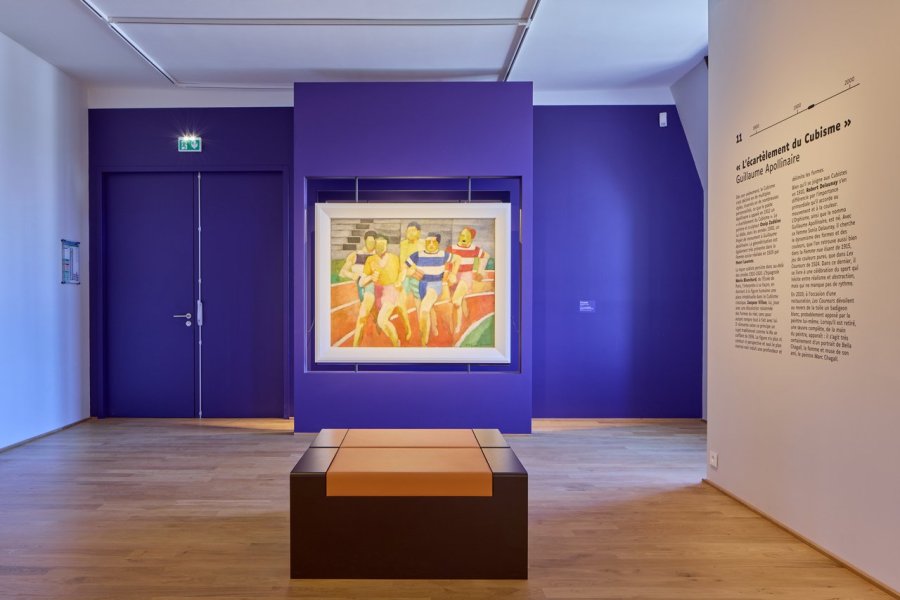10th edition of Rencontres Instants Nature
Proposed"> by fute_5057951
On 05/25/2024 and 05/26/2024 : The photo festival returns to Bouvancourt on May 25 and 26, 2024. From May 25 to May 26, 2024 31 photographers, including Bruno and Dorota ...
Proposed"> by fute_5057951
On 05/25/2024 and 05/26/2024 : The photo festival returns to Bouvancourt on May 25 and 26, 2024. From May 25 to May 26, 2024 31 photographers, including Bruno and Dorota ...

Recommended by Tanguy REVAULT
From 04/16/2024 to 12/31/2024 : The Musée d'Art Moderne de Troyes has taken six years to refurbish itself. Its reopening is an opportunity for the public to discover its new ...